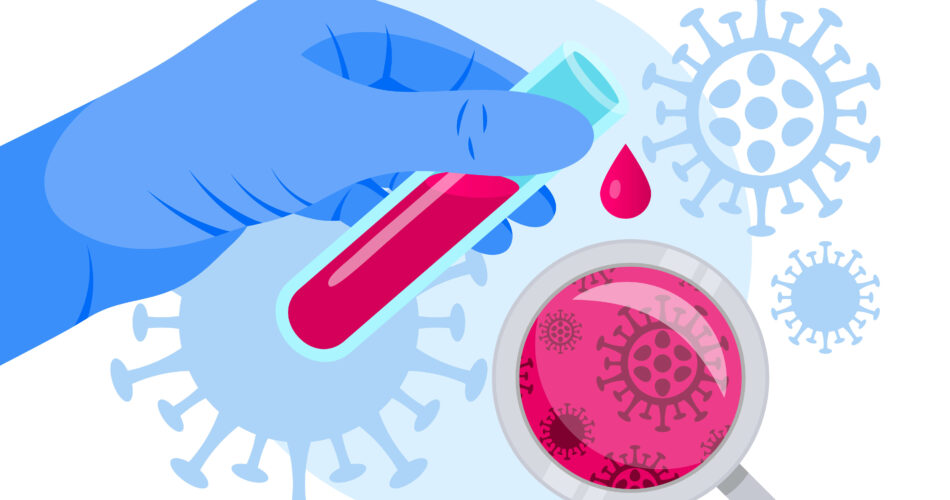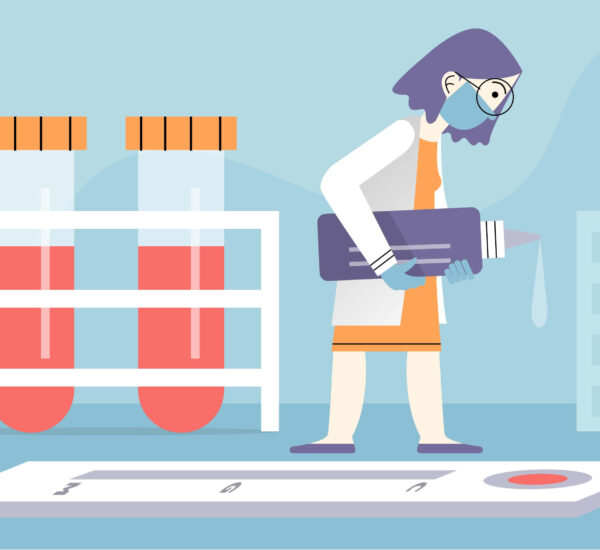Taking an HIV test is a crucial step in managing your health, but understanding the results can sometimes be confusing. Reading HIV test results accurately is essential for making informed decisions about your health and future. Whether your test comes back positive, negative, or inconclusive, knowing what each result means will help guide your next steps.
This article provides an in-depth look at the different outcomes of HIV tests, explaining their implications and what actions to take based on each result. Discover your HIV status with this guide today!
Common People Who Should Undergo An HIV Test
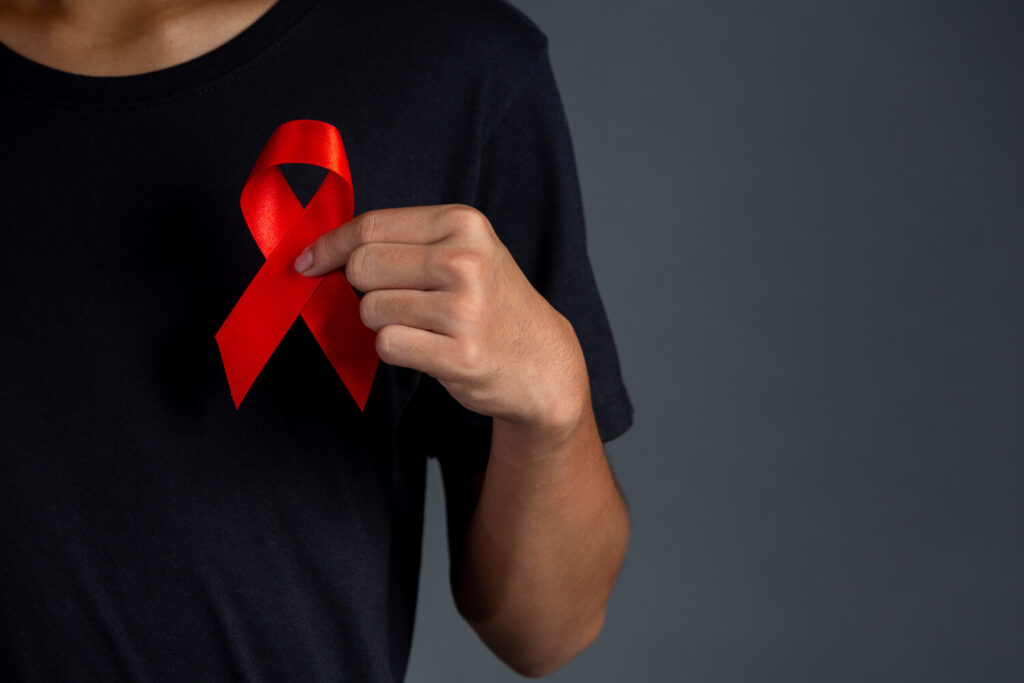
There are tons of reasons why you must consider undergoing an HIV test. However, there are specific sets of individuals that are considered as high risk, which should be tested for HIV.
- sexually active individuals and those with multiple sexual partners
- individuals who have injected drugs or shared needles
- people who received a blood transfusion before 1985
- pregnant women to protect both the mother and baby
If any of the mentioned risk factors are in line with your current situation, it’s best to seek a healthcare professional for further guidance.
Where to Go for HIV Testing
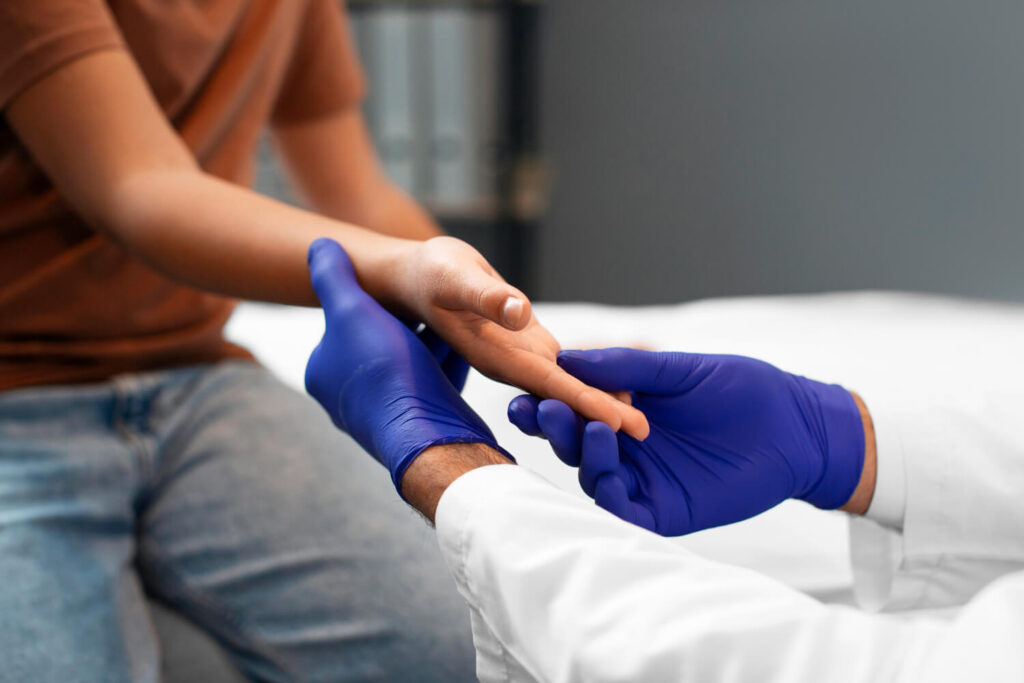
As mentioned, some specific individuals are considered to be high priority for HIV screening. These individuals can visit a testing facility for a laboratory test for HIV screening. Although, there’s also an option of private checking of HIV status, which a self-test kit can provide.
Usually, people who want to have privacy choose the option of an HIV self-test kit rather than laboratory tests. Fortunately, both options are available in the following HIV testing locations:
For Laboratory Tests:
- Private and Public Hospitals
- NGO Mobile Testing Facilities
For Self-test Kits:
- Pharmacies
- Online Retail Stores
Please take note that whether you choose to test for HIV via self-testing or with the help of a doctor, it’s still crucial to understand the meaning of the test results. That way you can proceed to the important step, which is HIV treatment and prevention of AIDS.
Reading HIV Test Results: Understanding HIV Test Interpretation
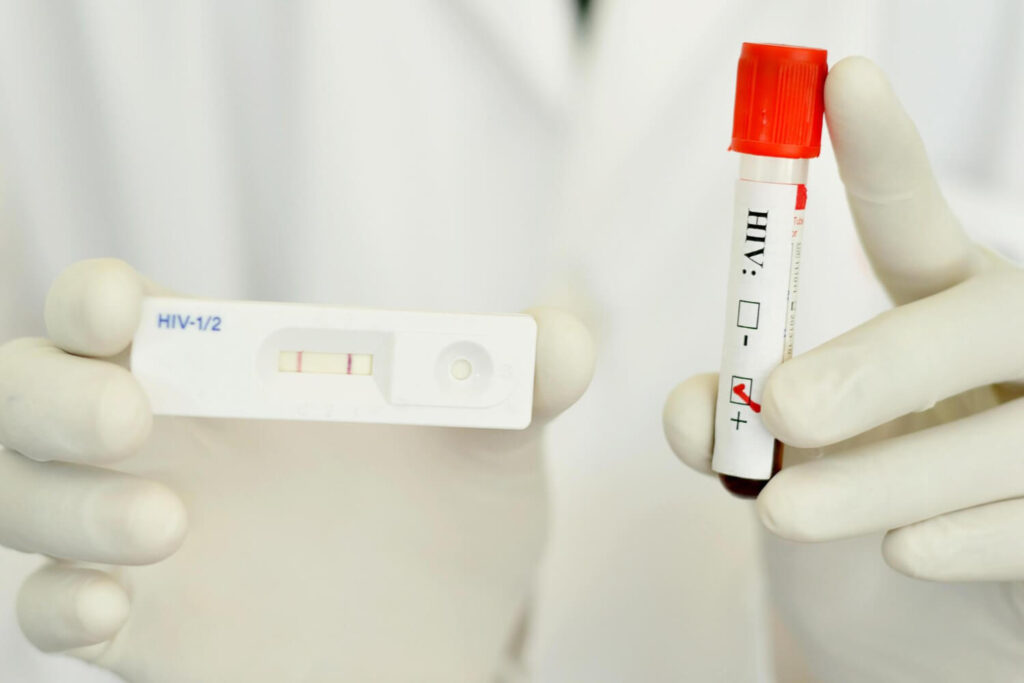
HIV tests detect the presence of enough antibodies, antigens, or the virus or human immunodeficiency virus itself in the blood or oral fluid. They are an essential health tool that can help with disease control in the community. In that case, it’s best to have knowledge about the usage of test kits and their interpretation to begin HIV care and treatment.
Knowing how to interpret the rapid test results correctly can help ensure diagnosis and proper HIV treatment. Let’s discuss them below!
Negative HIV Test Result
A negative HIV test result will show 1 line beside the C of the self-test kit for HIV.
This result indicates that no signs of the virus were detected in your sample. This usually means that you are not infected with HIV, but there are some important factors to consider. One of the most significant is the window period, which is the time between potential exposure to HIV and when the test can accurately detect the virus. For most HIV tests, this period ranges from two weeks to three months.
If you receive a negative result but had a recent exposure, retesting after the window period may be necessary to confirm your status. A negative result can provide peace of mind, but it’s essential to continue practicing safe behaviors, such as using protection during sexual activities and avoiding sharing needles. Routine testing is also recommended for those at higher risk of exposure to HIV.
Positive HIV Test Result
On the other hand, a positive HIV test result if there are 2 lines on the test.
The result means that HIV antibodies, antigens, or the virus itself were detected in your sample, suggesting an HIV infection. It is important to note that a positive result from a screening test should always be confirmed with a follow-up lab test via a confirmatory test.
Receiving a positive result can be overwhelming, but it also marks the beginning of managing the condition. Prompt medical care, including antiretroviral therapy (ART), is crucial. ART can help control the virus, improve quality of life, and reduce the risk of transmission to others. Additionally, individuals should inform their sexual partners or anyone else potentially exposed as they are considered high risk individuals.
Inconclusive HIV Test Result
Lastly, an inconclusive HIV test result occurs when the test cannot definitively determine if you are HIV-positive or negative. The kit will show no lines beside the C and T of the self-test for HIV.
It can happen due to several factors, including insufficient blood sample quality, testing during the window period, or other medical conditions that could interfere with the test.
If you receive an inconclusive result, it is essential to follow up with your healthcare provider for further evaluation and possibly retake the test. Your provider may suggest waiting until after the window period has passed before retesting, or they might recommend a different type of HIV test to get a clearer picture.
Role of Confirmatory Test in HIV Testing
Confirmatory testing is a necessary step in the HIV diagnosis process. It ensures that individuals receive the right treatment and helps prevent misdiagnosis. A positive confirmatory test result means it is time to start treatment immediately and access available support resources. If the confirmatory test is negative, this may indicate a false positive on the initial test, and further evaluation is necessary.
The Importance of Confirmatory Testing
After receiving an initial positive HIV test result, confirmatory testing is essential. This step is necessary to verify the diagnosis and eliminate any doubts about the accuracy of the initial test.
Common confirmatory tests include the Western blot, Polymerase Chain Reaction (PCR) test, and Line Immunoassay (LIA). These tests are more specific than initial screening tests and are used to confirm the presence of HIV in the body.
- Western blot test: It detects specific proteins related to HIV, offering a high level of accuracy.
- PCR test: A test that identifies the virus’s genetic material and is particularly useful for early detection, even before antibodies are present.
- Line Immunoassay: A test that also detects antibodies and is highly specific, making them a reliable confirmatory option.
Frequently Asked Questions
What should I do if my HIV test result is positive?
If your HIV test result is positive, seek confirmation through a follow-up test with a healthcare provider. Once confirmed, start antiretroviral therapy (ART) as soon as possible. ART helps manage the virus, improves health outcomes, and reduces the risk of transmission. Additionally, inform any sexual partners or others who may be at risk, so they can get tested. Accessing support services, such as counseling and support groups, can also be beneficial.
How accurate are HIV test results?
HIV tests are generally very accurate, with screening tests boasting over 99% accuracy when used correctly. Confirmatory tests, like the Western blot and PCR, provide even higher accuracy. Factors such as the window period and proper usage of test kits can affect results. For this reason, following testing instructions and consulting a healthcare provider for follow-up tests is recommended if necessary.
What is the window period in HIV testing?
The window period is the time between HIV exposure and the point when a test can reliably detect the virus. It varies by test type. For instance, antibody tests may need 3 to 12 weeks post-exposure, while combination tests (antibody and antigen) detect the virus within 2 to 6 weeks. Nucleic acid tests (NAT) can identify HIV as early as 10 days after exposure. Understanding the window period ensures accurate test results.
What should I do if my HIV test result is negative but I suspect recent exposure?
If you have a negative result but suspect recent exposure, consider the window period. It may be too early for the test to detect the virus. Retesting after the window period is advisable, especially if symptoms appear. A healthcare provider can recommend the best time for retesting and advise on test types.
Which self-test kit brand should I use?
There are several brands available in the market for HIV self-testing. However, please take note that it’s best to purchase FDA-approved tests only to ensure accurate results.
How much is the self-test kit in the Philippines?
The price range of the HIV self-test kits usually lands around Php 1000.00 – Php 1500.00.
Conclusion
Reading HIV test results correctly is vital for managing your health. With accurate testing, it can help prevent the spread of HIV. So, whether positive, negative, or inconclusive, you should be ready for the next best step to take against HIV infection.
Empower yourself with knowledge and take proactive measures to protect your health. Get tested, understand the implications of your results, and consult healthcare providers for support.
Book an online consultation with an infectious disease doctor today!
